The EAO Certificates in Implant Dentistry
Move to the next stage in your dental implant career with the EAO Certificates in Implant Dentistry. Our 100% online certificate programmes offer fundamental and advanced courses to help you achieve career success. Access the courses wherever you are in the world with a fully online programme developed and led by our expert faculty. The EAO Certificates offer complete flexibility and convenience, allowing you to learn at your own pace at a time that suits you.
The EAO First Certificate is designed to build a solid foundation in implant dentistry covering everything from bone physiology and diagnosis to implantation techniques and complication management. The EAO Second Certificate is our advanced level certificate covering more complex techniques including prosthetics, soft tissue augmentation around implants and immediate implant placement.
Starting in January 2026 – book your place below.
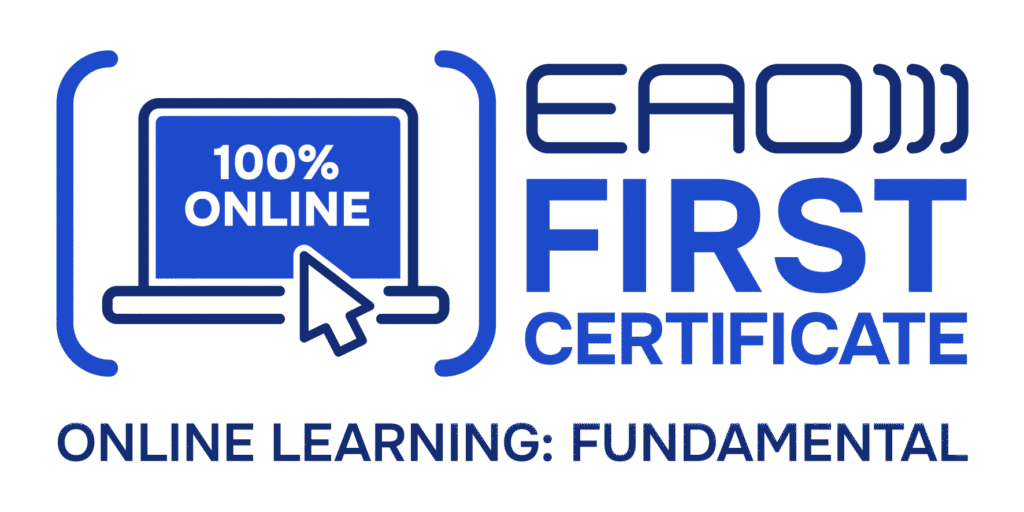
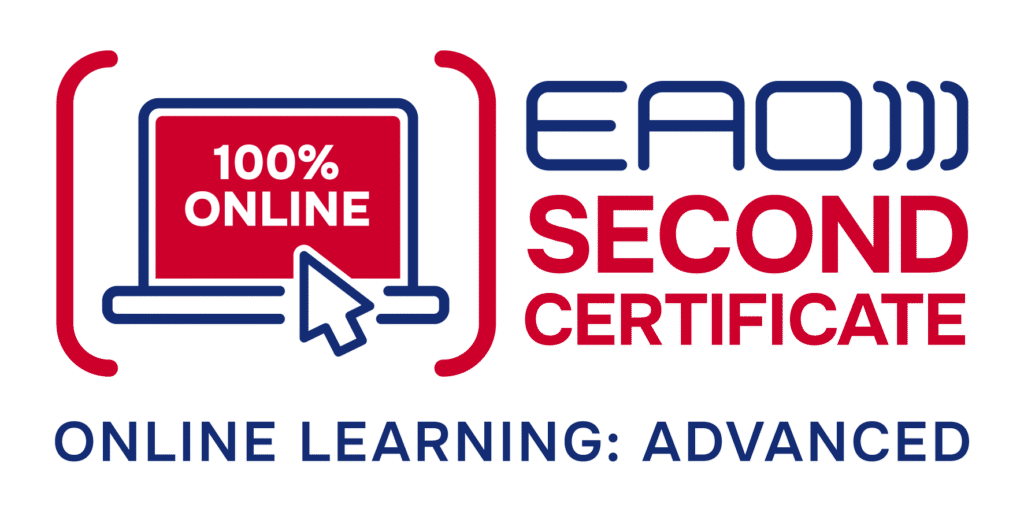
First Certificate learning programme
Second Certificate learning programme
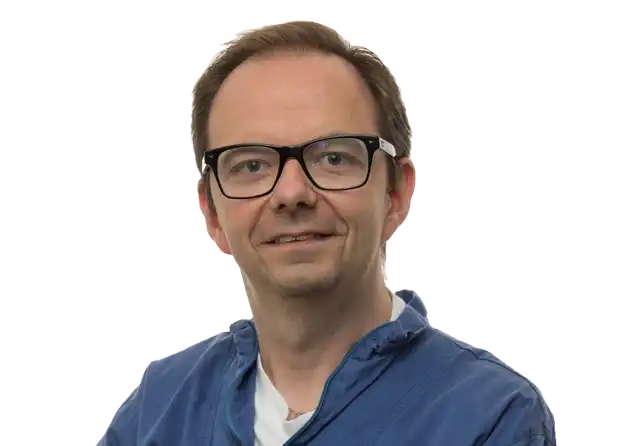
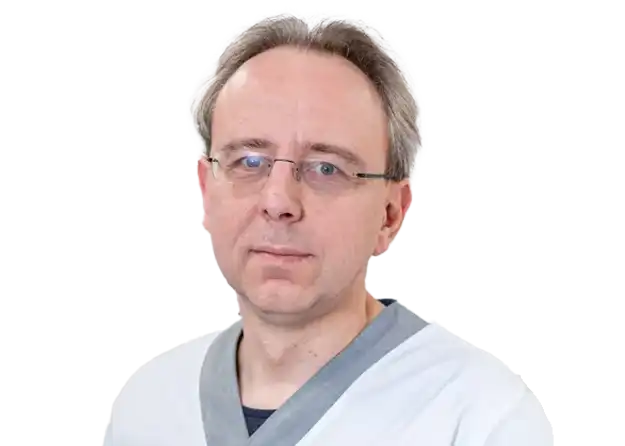
Module 1
Understanding Bone Physiology
4 online courses
University/ Centre: Leuven University, Belgium
Course leaders: Andy Temmerman, Wim Teughels
Topics
- Osseointegration and bone biology
- Histological differences between teeth and implants
- Anatomy related to implant surgery (Part 1 & 2)
Learning objectives
- Understand the biology of bone healing after tooth extraction and its influence on the alveolar process.
- Understand the phenomenon of osseointegration and the influence of surface topography, implant design and osteotomy site preparation.
- Achieve knowledge on biological important differences between teeth and oral implants on a macroscopic, microscopic and histological level; its influence on surgical procedures.
- Review important anatomical features in the field of oral surgery in general and implant dentistry in particular.
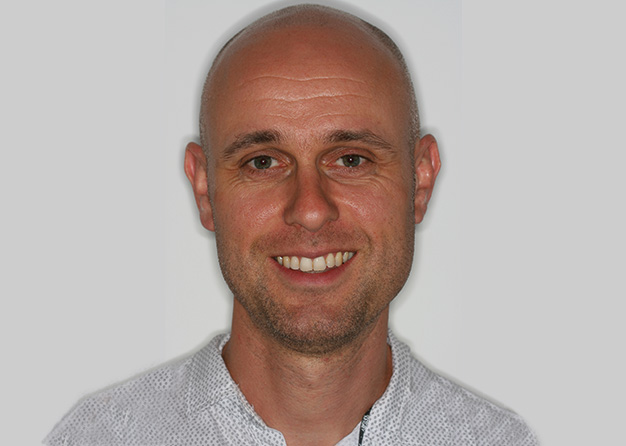
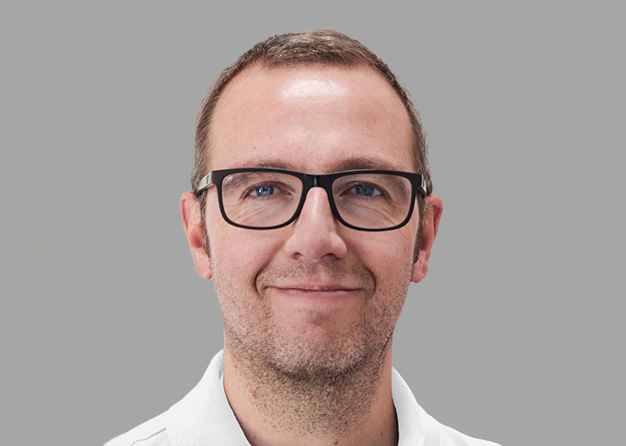
Module 1
Digital planning
4 online courses
University/ Centre: Ghent University
Course Leaders: Jan Cosyn and Stefan Vandeweghe
Topics
- Diagnostics and data collection
- Prosthetically driven implant planning
- Surgical guides and precision
- Software and technological innovations
Learning objectives
- Understand the principles of digital diagnostics and data acquisition using CBCT and intraoral scanning.
- Integrate prosthetically driven planning into a virtual implant workflow.
- Evaluate the accuracy and limitations of intraoral scanning and soft tissue imaging.
- Differentiate between static and dynamic planning tools and technologies.
- Assess the clinical relevance of emerging software, CAD/CAM integration, and AI in implant planning.
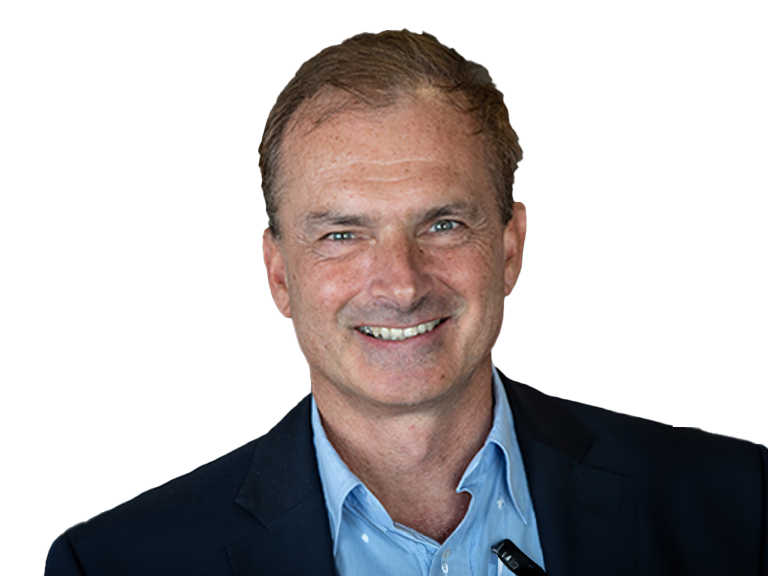
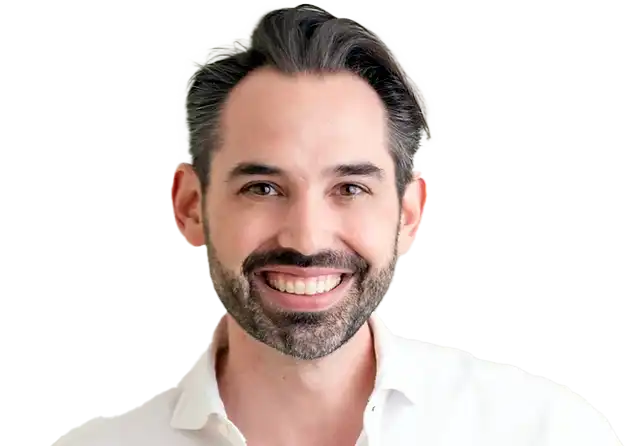
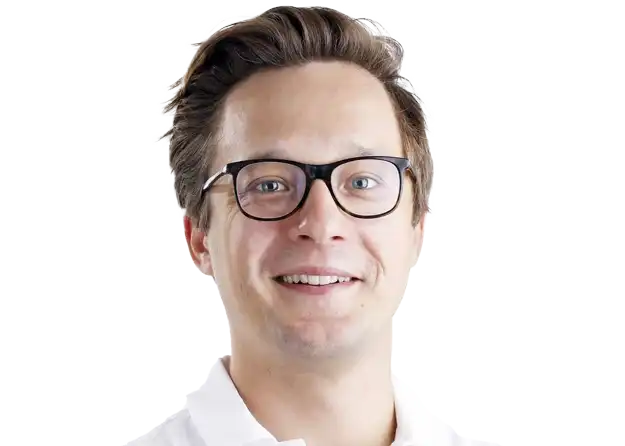
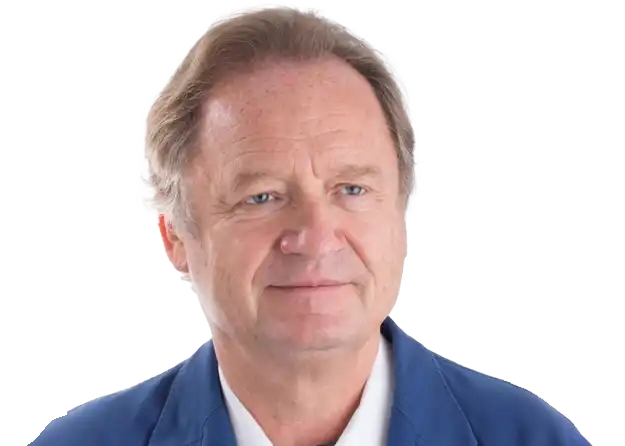
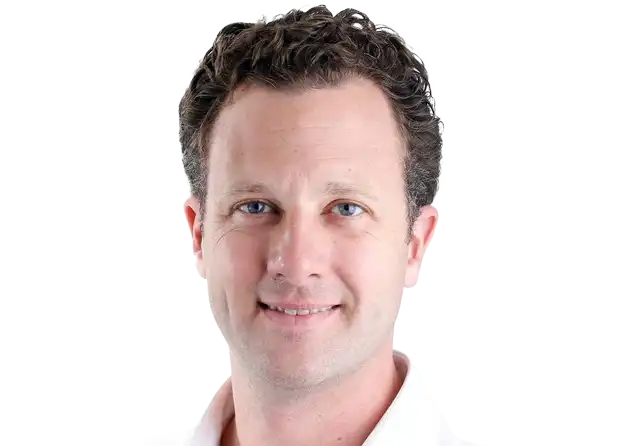
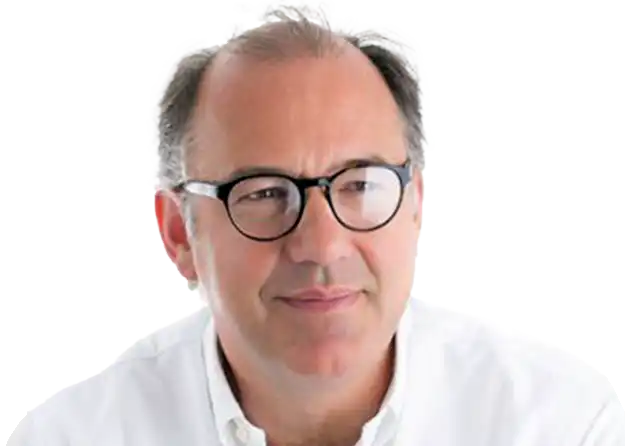
Module 2
Diagnosis / Indication
4 online courses
University/ Centre: Academy for Oral Implantology, Vienna, Austria
Course leaders: Robert Haas, Lukas Fürhauser, Georg Mailath Pokorny, Georg Mailath Pokorny Jr., Sebastian Pohl, Rudolf Fürhauser
Topics
- Diagnosis and treatment planning (Part 1 & 2)
- Radiology. Interpretation of 2D and 3D images (Part 1 & 2)
Learning objectives
Pre-operative diagnosis and interpretation of prosthetic and radiologic findings is critical for long term implant success. After finishing this block you will:
- Know which kind of clinical diagnosis is appropriate for the individual patient’s situation.
- Get to know key-points for treatment planning in order to get optimal aesthetic results.
- Know fundamentals in radiology.
- Be able to read 2D and 3D X-rays correctly thus avoiding misinterpretations.
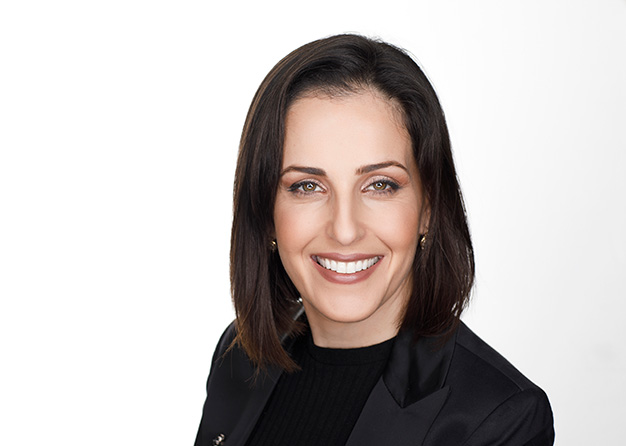
Module 2
Guided Surgery Protocol
4 online courses
University/ Centre: Bern University
Course leader: Tali Chackartchi
Topics
- Design and fabrication of surgical guides
- Step-by-step surgical execution
- Postoperative evaluation and accuracy assessment
- Clinical benefits and limitations of guided surgery
Learning objectives
- Describe the workflow for the design and fabrication of static surgical guides.
- Apply guided surgery techniques using compatible drill kits and guide sleeves.
- Recognise potential intraoperative challenges and how to manage them.
- Assess the clinical benefits and limitations of guided versus freehand surgery.
- Evaluate surgical accuracy and outcomes using postoperative assessment tools.
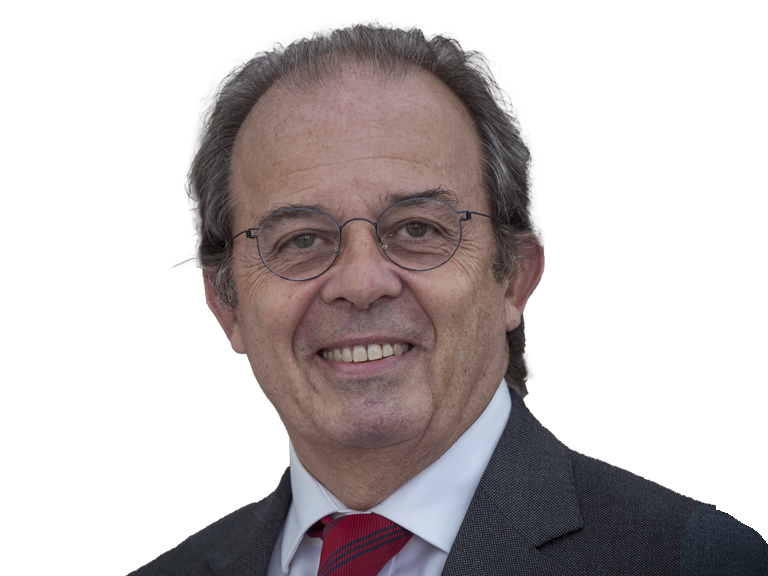
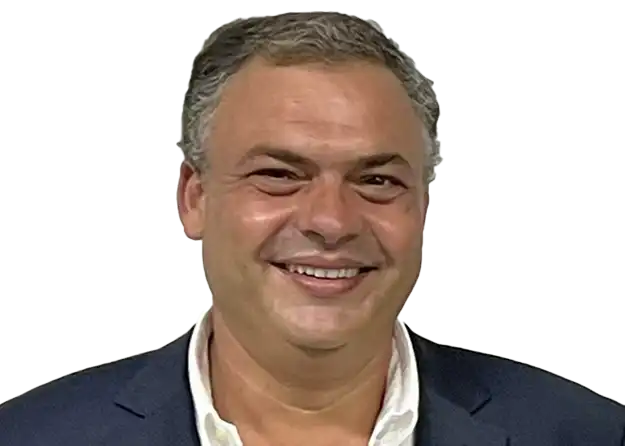
Module 3
Implantation: Healed site
4 online courses
University/ Centre: University Egas Moniz, Portugal
Course leaders: Ricardo Alves, Gil Alcoforado
Topics
- Implant surgical fundamentals
- Incision design
- Implant placement
- Implant exposure techniques
- Suturing techniques
- Implant systems & Implant macro and microgeometry
Learning objectives
- Understand the different types of implants (bone and tissue level), connections (external hex, internal hex and cone morse), macro and microgeometry.
- Surgical instruments.
- Pre and post operative care.
- Incisions and flap design according to local anatomical characteristics.
- Basic rules for correct 3D implant placement.
- Surgical protocol for implant placement according to implant type and bone density.
- Selection of materials and types of sutures in implantology.
- Second stage surgery – enhancing soft tissue quality and quantity.
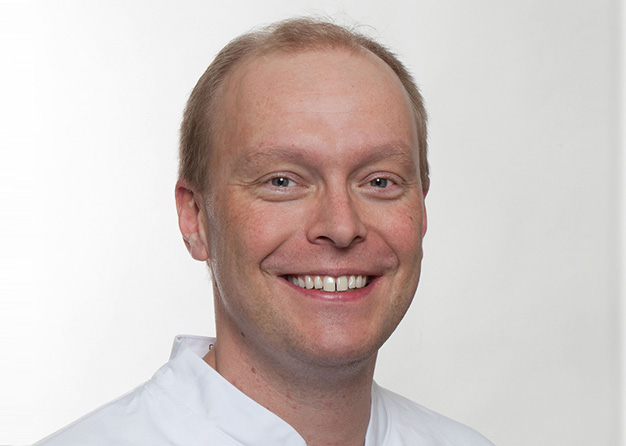
Module 3
Prosthetic Protocols
4 online courses
University/ Centre: Berlin
Course leader: Florian Beuer
Topics
- Treatment planning and prosthetic design
- Delayed vs. immediate loading protocols & removable vs. fixed protocols
- Clinical protocols for prosthetic workflow
- Maintenance and long-term follow-up
Learning objectives
- Plan implant restorations based on prosthetically driven principles.
- Compare protocols for immediate versus delayed loading and fixed versus removable prostheses.
- Execute clinical steps in the prosthetic workflow including torque control and fit verification.
- Manage peri-implant soft tissues during the restorative phase for optimal aesthetics.
- Identify and address common prosthetic complications and long-term maintenance needs.
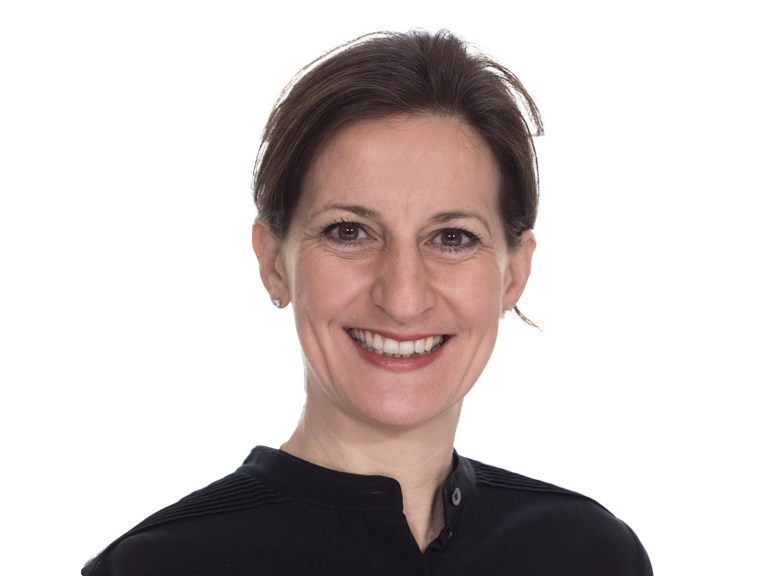
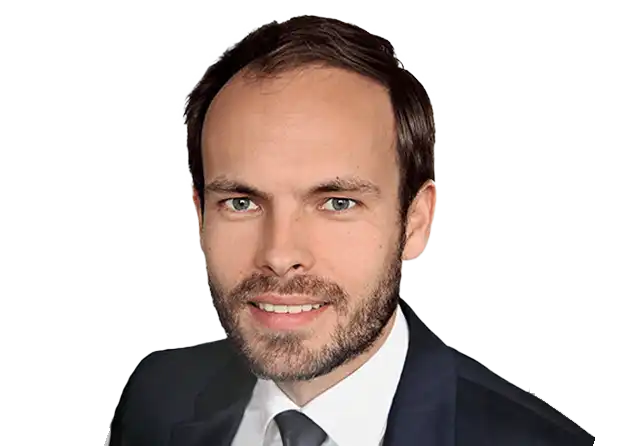
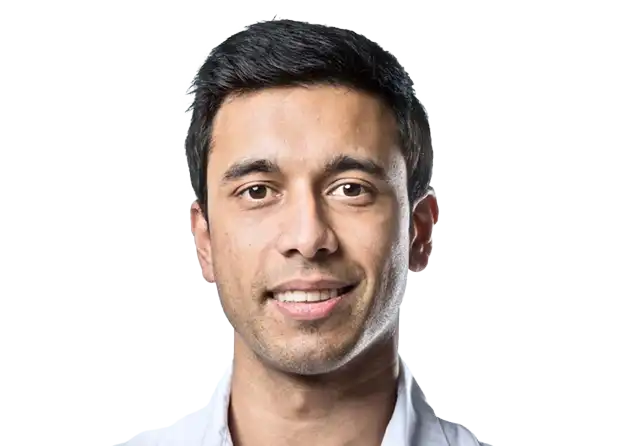
Module 4
Implant Restoration (Prosthetics)
4 online courses
University/ Centre: University of Geneva, Switzerland
Course leaders: Irena Sailer, Vincent Fehmer, Joao Pitta
Topics
- Implant restorative techniques (analogue) including impression techniques
- Lab processing
- Placement of the crown and restoration materials, occlusion concepts
- Screw retained vs. cemented
Learning objectives
- Learn how to select the best type of restoration and material for the respective patient situation.
- Learn about the new CAD/CAM materials, their indications and limitations.
- Learn how to apply the digital workflow for the restoration of single and multiple implants.
- Introduce the titanium-base concept for daily practice.
- Discuss screw-retained vs cemented implant restorations, single and multiple-unit.
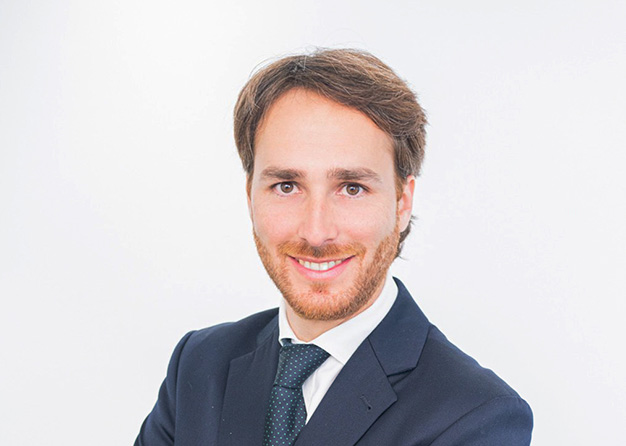
Module 4
Small contour GBR
4 online courses
University/ Centre: Barcelone
Course leader: Jordi Caballé
Topics
- Indications and case selection
- Materials and techniques
- Surgical protocols and workflow
- Outcomes and follow-up
Learning objectives
- Identify indications and case selection criteria for small horizontal bone augmentation.
- Select appropriate grafting materials and membranes for minor ridge defects.
- Perform the surgical workflow including flap design and tension-free closure.
- Prevent and manage complications such as graft exposure and soft tissue dehiscence.
- Evaluate clinical and radiographic outcomes following small contour GBR procedures.
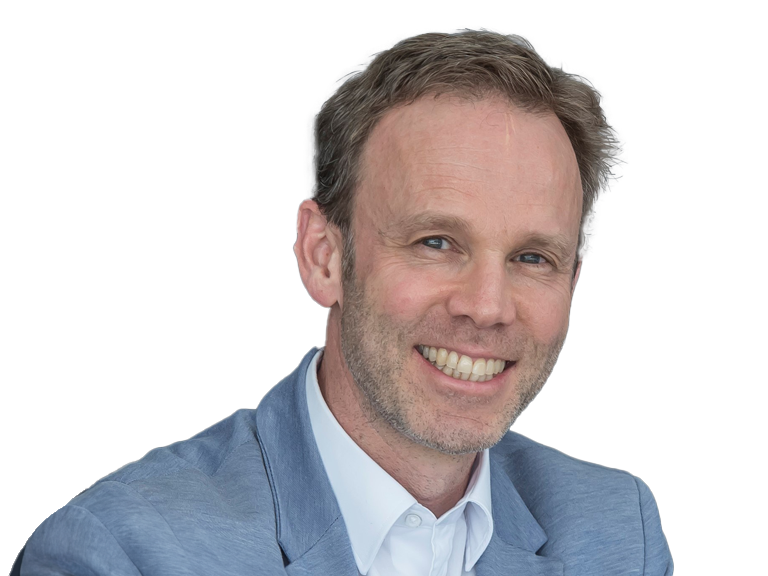
Module 5
Ridge Preservation
4 online courses
University/ Centre: University of Zurich, Switzerland
Course leader: Ronald Jung
Topics
- Soft tissue considerations
- Atraumatic tooth extraction and socket healing (spontaneous)
- Ridge preservation
- Materials and technics for ridge preservation
Learning objectives
- Understand the possibility and limitations for Alveolar ridge preservation.
- Learn to make the right decision in each individual clinical situation.
- Be able to choose the right materials for the alveolar ridge presentation.
- Understand when to use an autogenous graft and when to use an artificial soft tissue.
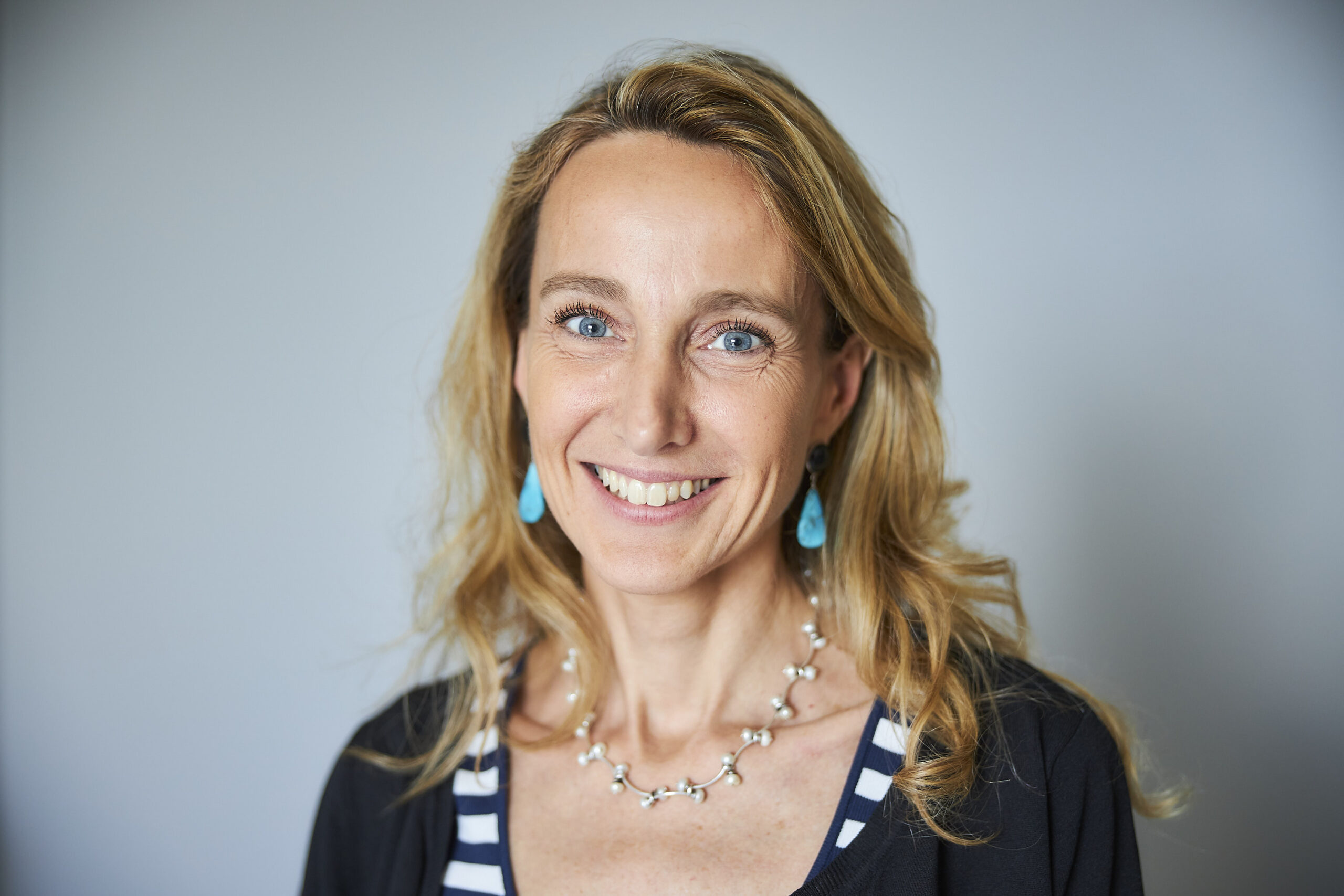
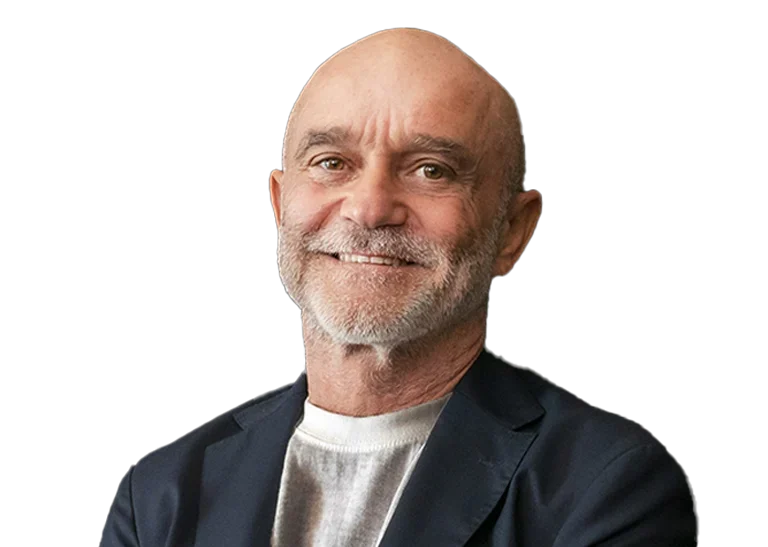
Module 5
Soft Tissue Augmentation around implants
4 online courses
University/ Centre: Bologna University, Italy
Course leaders: Martina Stefanini, Giovanni Zuchelli
Topics
- Indications and case selection
- Techniques and materials
- Surgical protocols and workflow
- Outcomes and long-term maintenance
Learning objectives
- Identify clinical indications for soft tissue augmentation around dental implants.
- Select between autogenous and substitute materials for peri-implant soft tissue volume enhancement.
- Perform soft tissue augmentation techniques including appropriate flap and suturing methods.
- Understand the timing and sequencing of augmentation relative to implant placement.
- Evaluate long-term outcomes and patient satisfaction after soft tissue procedures.
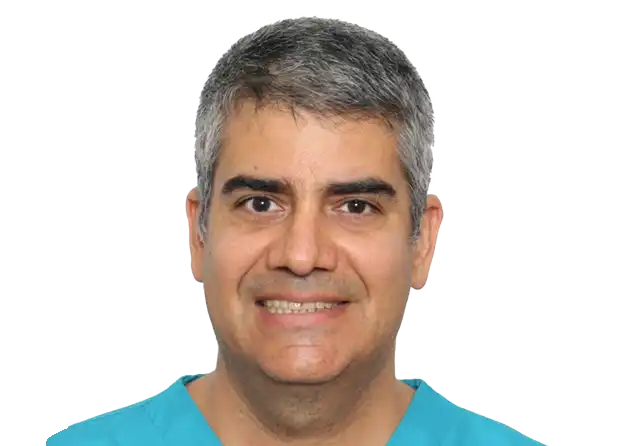
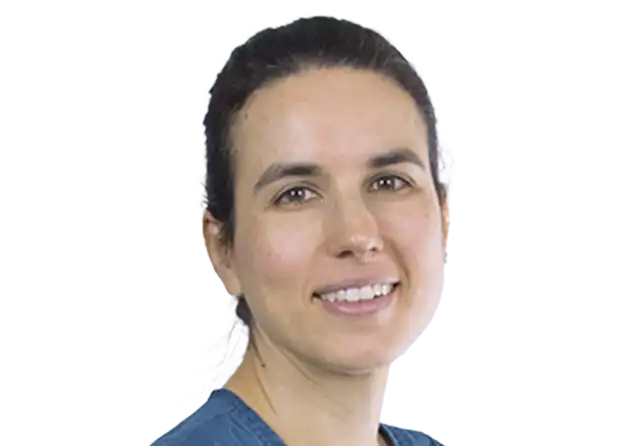
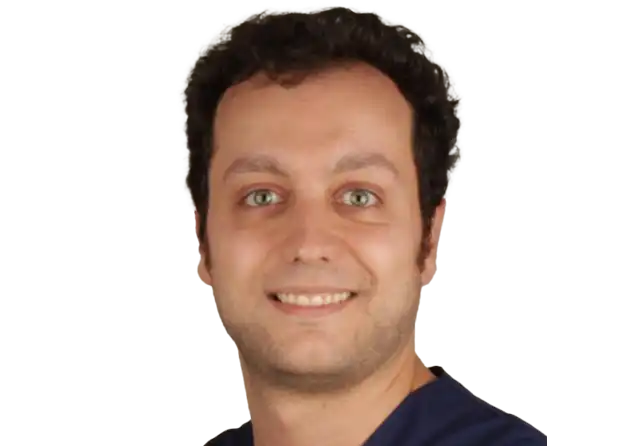
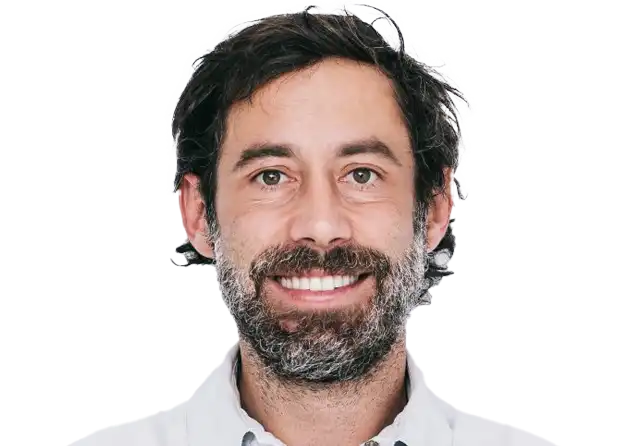
Module 6
Supportive Peri-Implant Care
4 online courses
University/ Centre: University Complutense, Madrid, Spain
Course Leader: Eduardo Cárdenas, Ana Carrillo de Albornoz, Eduardo Montero Solis, Ignacio Sánchez
Topics
- Peri-implant diseases: Etiopathogenesis, Diagnosis and Prevention
- Treatment of peri-implant mucositis and periimplantitis
- Prevention and management of prosthetic complications
Learning objectives
Dental implants may experience biological and/or technical complications.
The objective of this module will be to elucidate how peri-implant diseases should be diagnosed and how to treat them once stablished. Moreover, the management of mechanical complications will be reviewed.
Special attention will be placed to understand which preventive strategies should be implemented in other to maintain peri-implant health and to assure the integrity of the implant reconstruction.
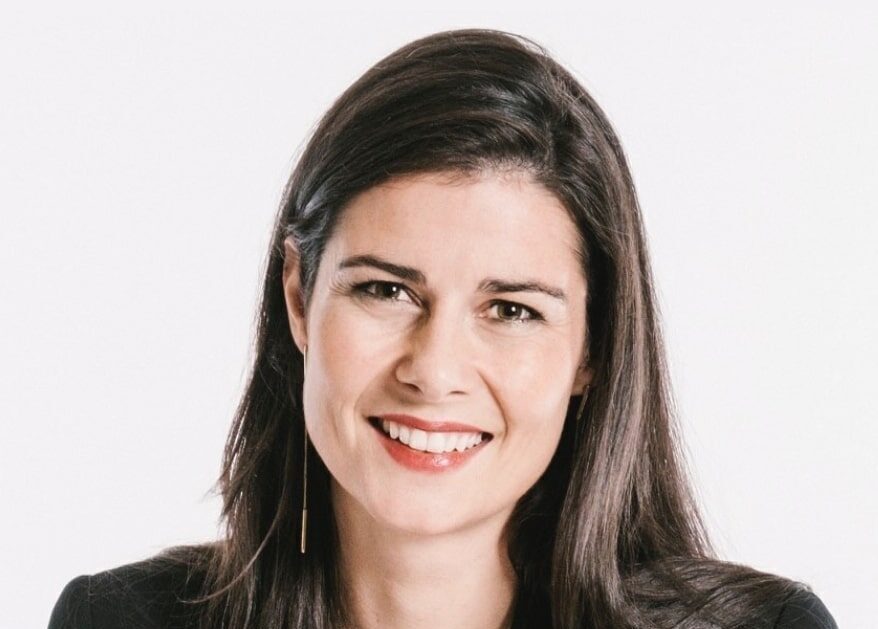
Module 6
Immediate implant placement
4 online courses
University/ Centre: University of Liege, Belgium
Course leader: France Lambert
Topics
- Indications and case selection
- Surgical protocols and techniques
- Prosthetic considerations
- Outcomes and long-term success
Learning objectives
- Recognise suitable indications and clinical scenarios for immediate implant placement.
- Apply atraumatic extraction techniques and proper implant positioning for primary stability.
- Select and use grafting materials for gap management in immediate placements.
- Manage provisional restorations to support soft tissue contour and emergence profile.
- Evaluate success rates and complications of immediate placement compared to delayed protocols.
Choose the certificate that is right for you
Choose the First Certificate if you are:
An implant dentist with some experience looking to build in your solid foundation in implant dentistry and develop your skills further.
A general dental practitioner looking to move into implant dentistry or expand your expertise.
Choose the Second Certificate if you:
Are an experienced implant dentist ready to explore more complex techniques.
Want to stay ahead of the curve with the latest techniques and evidence-based knowledge.
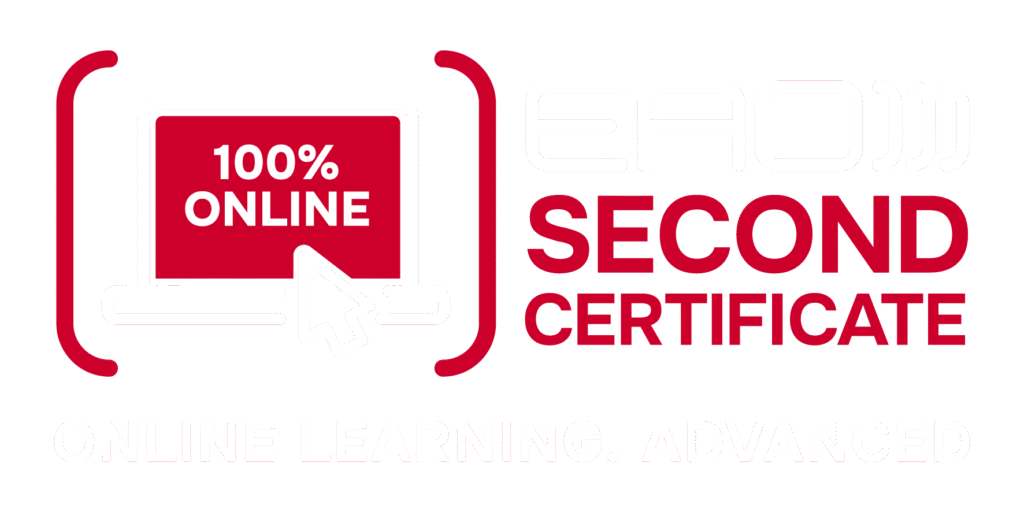
Book your place on the Second Certificate course
Book your place on the First Certificate course
EAO member – early-bird
€650*
–
*after €890
Non member
€1,290
–
EAO member
€750*
–
*after €990
Non member
€1,390
–

First Certificate learning programme


Module 1
Understanding Bone Physiology
4 online courses
University/ Centre: Leuven University, Belgium
Course leaders: Andy Temmerman, Wim Teughels
Topics
- Osseointegration and bone biology
- Histological differences between teeth and implants
- Anatomy related to implant surgery (Part 1 & 2)
Learning objectives
- Understand the biology of bone healing after tooth extraction and its influence on the alveolar process.
- Understand the phenomenon of osseointegration and the influence of surface topography, implant design and osteotomy site preparation.
- Achieve knowledge on biological important differences between teeth and oral implants on a macroscopic, microscopic and histological level; its influence on surgical procedures.
- Review important anatomical features in the field of oral surgery in general and implant dentistry in particular.






Module 2
Diagnosis / Indication
4 online courses
University/ Centre: Academy for Oral Implantology, Vienna, Austria
Course leaders: Robert Haas, Lukas Fürhauser, Georg Mailath Pokorny, Georg Mailath Pokorny Jr., Sebastian Pohl, Rudolf Fürhauser
Topics
- Diagnosis and treatment planning (Part 1 & 2)
- Radiology. Interpretation of 2D and 3D images (Part 1 & 2)
Learning objectives
Pre-operative diagnosis and interpretation of prosthetic and radiologic findings is critical for long term implant success. After finishing this block you will:
- Know which kind of clinical diagnosis is appropriate for the individual patient’s situation.
- Get to know key-points for treatment planning in order to get optimal aesthetic results.
- Know fundamentals in radiology.
- Be able to read 2D and 3D X-rays correctly thus avoiding misinterpretations.


Module 3
Implantation: Healed site
4 online courses
University/ Centre: University Egas Moniz, Portugal
Course leaders: Ricardo Alves, Gil Alcoforado
Topics
- Implant surgical fundamentals
- Incision design
- Implant placement
- Implant exposure techniques
- Suturing techniques
- Implant systems & Implant macro and microgeometry
Learning objectives
- Understand the different types of implants (bone and tissue level), connections (external hex, internal hex and cone morse), macro and microgeometry.
- Surgical instruments.
- Pre and post operative care.
- Incisions and flap design according to local anatomical characteristics.
- Basic rules for correct 3D implant placement.
- Surgical protocol for implant placement according to implant type and bone density.
- Selection of materials and types of sutures in implantology.
- Second stage surgery – enhancing soft tissue quality and quantity.



Module 4
Implant Restoration (Prosthetics)
4 online courses
University/ Centre: University of Geneva, Switzerland
Course leaders: Irena Sailer, Vincent Fehmer, Joao Pitta
Topics
- Implant restorative techniques (analogue) including impression techniques
- Lab processing
- Placement of the crown and restoration materials, occlusion concepts
- Screw retained vs. cemented
Learning objectives
- Learn how to select the best type of restoration and material for the respective patient situation.
- Learn about the new CAD/CAM materials, their indications and limitations.
- Learn how to apply the digital workflow for the restoration of single and multiple implants.
- Introduce the titanium-base concept for daily practice.
- Discuss screw-retained vs cemented implant restorations, single and multiple-unit.

Module 5
Ridge Preservation
4 online courses
University/ Centre: University of Zurich, Switzerland
Course leader: Ronald Jung
Topics
- Soft tissue considerations
- Atraumatic tooth extraction and socket healing (spontaneous)
- Ridge preservation
- Materials and technics for ridge preservation
Learning objectives
- Understand the possibility and limitations for Alveolar ridge preservation.
- Learn to make the right decision in each individual clinical situation.
- Be able to choose the right materials for the alveolar ridge presentation.
- Understand when to use an autogenous graft and when to use an artificial soft tissue.




Module 6
Supportive Peri-Implant Care
4 online courses
University/ Centre: University Complutense, Madrid, Spain
Course Leader: Eduardo Cárdenas, Ana Carrillo de Albornoz, Eduardo Montero Solis, Ignacio Sánchez
Topics
- Peri-implant diseases: Etiopathogenesis, Diagnosis and Prevention
- Treatment of peri-implant mucositis and periimplantitis
- Prevention and management of prosthetic complications
Learning objectives
Dental implants may experience biological and/or technical complications.
The objective of this module will be to elucidate how peri-implant diseases should be diagnosed and how to treat them once stablished. Moreover, the management of mechanical complications will be reviewed.
Special attention will be placed to understand which preventive strategies should be implemented in other to maintain peri-implant health and to assure the integrity of the implant reconstruction.
Choose the certificate that is right for you
Choose the First Certificate if you are:
An implant dentist with some experience looking to build in your solid foundation in implant dentistry and develop your skills further.
A general dental practitioner looking to move into implant dentistry or expand your expertise.

Book your place on the First Certificate course
EAO member – early-bird
€650*
–
*after €890
Non member
€1,290
–

Second Certificate learning programme


Module 1
Digital planning
4 online courses
University/ Centre: Ghent University
Course Leaders: Jan Cosyn and Stefan Vandeweghe
Topics
- Diagnostics and data collection
- Prosthetically driven implant planning
- Surgical guides and precision
- Software and technological innovations
Learning objectives
- Understand the principles of digital diagnostics and data acquisition using CBCT and intraoral scanning.
- Integrate prosthetically driven planning into a virtual implant workflow.
- Evaluate the accuracy and limitations of intraoral scanning and soft tissue imaging.
- Differentiate between static and dynamic planning tools and technologies.
- Assess the clinical relevance of emerging software, CAD/CAM integration, and AI in implant planning.

Module 2
Guided Surgery Protocol
4 online courses
University/ Centre: Bern University
Course leader: Tali Chackartchi
Topics
- Design and fabrication of surgical guides
- Step-by-step surgical execution
- Postoperative evaluation and accuracy assessment
- Clinical benefits and limitations of guided surgery
Learning objectives
- Describe the workflow for the design and fabrication of static surgical guides.
- Apply guided surgery techniques using compatible drill kits and guide sleeves.
- Recognise potential intraoperative challenges and how to manage them.
- Assess the clinical benefits and limitations of guided versus freehand surgery.
- Evaluate surgical accuracy and outcomes using postoperative assessment tools.

Module 3
Prosthetic Protocols
4 online courses
University/ Centre: Berlin
Course leader: Florian Beuer
Topics
- Treatment planning and prosthetic design
- Delayed vs. immediate loading protocols & removable vs. fixed protocols
- Clinical protocols for prosthetic workflow
- Maintenance and long-term follow-up
Learning objectives
- Plan implant restorations based on prosthetically driven principles.
- Compare protocols for immediate versus delayed loading and fixed versus removable prostheses.
- Execute clinical steps in the prosthetic workflow including torque control and fit verification.
- Manage peri-implant soft tissues during the restorative phase for optimal aesthetics.
- Identify and address common prosthetic complications and long-term maintenance needs.

Module 4
Small contour GBR
4 online courses
University/ Centre: Barcelone
Course leader: Jordi Caballé
Topics
- Indications and case selection
- Materials and techniques
- Surgical protocols and workflow
- Outcomes and follow-up
Learning objectives
- Identify indications and case selection criteria for small horizontal bone augmentation.
- Select appropriate grafting materials and membranes for minor ridge defects.
- Perform the surgical workflow including flap design and tension-free closure.
- Prevent and manage complications such as graft exposure and soft tissue dehiscence.
- Evaluate clinical and radiographic outcomes following small contour GBR procedures.


Module 5
Soft Tissue Augmentation around implants
4 online courses
University/ Centre: Bologna University, Italy
Course leaders: Martina Stefanini, Giovanni Zuchelli
Topics
- Indications and case selection
- Techniques and materials
- Surgical protocols and workflow
- Outcomes and long-term maintenance
Learning objectives
- Identify clinical indications for soft tissue augmentation around dental implants.
- Select between autogenous and substitute materials for peri-implant soft tissue volume enhancement.
- Perform soft tissue augmentation techniques including appropriate flap and suturing methods.
- Understand the timing and sequencing of augmentation relative to implant placement.
- Evaluate long-term outcomes and patient satisfaction after soft tissue procedures.

Module 6
Immediate implant placement
4 online courses
University/ Centre: University of Liege, Belgium
Course leader: France Lambert
Topics
- Indications and case selection
- Surgical protocols and techniques
- Prosthetic considerations
- Outcomes and long-term success
Learning objectives
- Recognise suitable indications and clinical scenarios for immediate implant placement.
- Apply atraumatic extraction techniques and proper implant positioning for primary stability.
- Select and use grafting materials for gap management in immediate placements.
- Manage provisional restorations to support soft tissue contour and emergence profile.
- Evaluate success rates and complications of immediate placement compared to delayed protocols.
Choose the certificate that is right for you
Choose the Second Certificate if you:
Are an experienced implant dentist ready to explore more complex techniques.
Want to stay ahead of the curve with the latest techniques and evidence-based knowledge.

Book your place on the Second Certificate course
EAO member early-bird
€750*
–
*after €990
Non member
€1,390
–